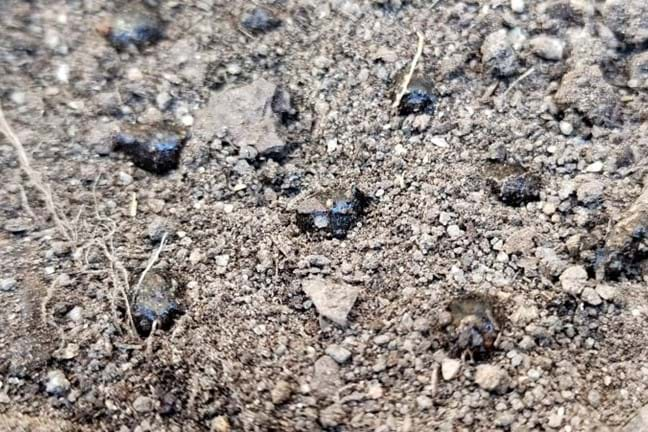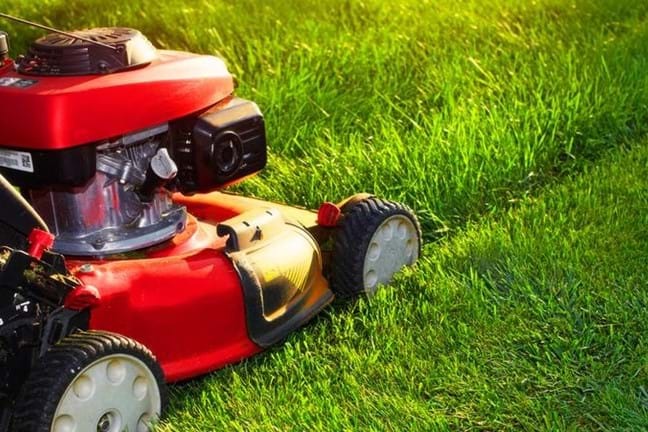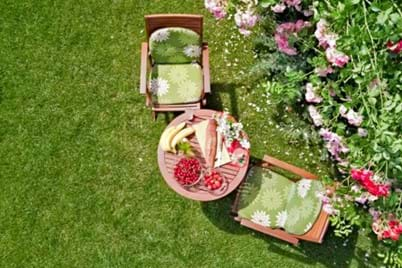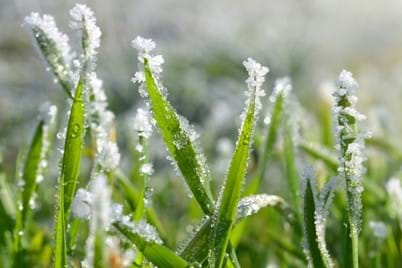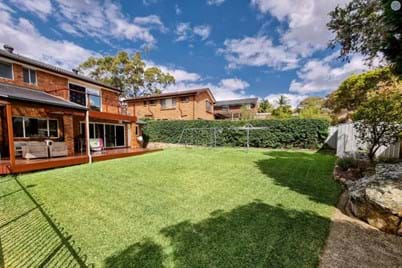When watering, you should aim to apply at least 10 mm of water to your lawn. To understand how long you need to water to apply 10 mm, follow these easy steps:
Step 1
Place a few clean tuna cans evenly over the lawn - the more cans you place out, the more accurate the final calculation will be.
Step 2
Run your irrigation system for 10 minutes.
Step 3
Using a ruler, record the depth of water captured in each can in millimetres.
Step 4
Add the figures together and divide by the number of cans to obtain the average depth of water. Then calculate 100 divided by this figure to work out how many minutes you will need to run your irrigation system for your lawn to receive 10 mm of water.
Example
100/(average depth of water) = approximate minutes run time
100/5 mm = 20 minutes run time



